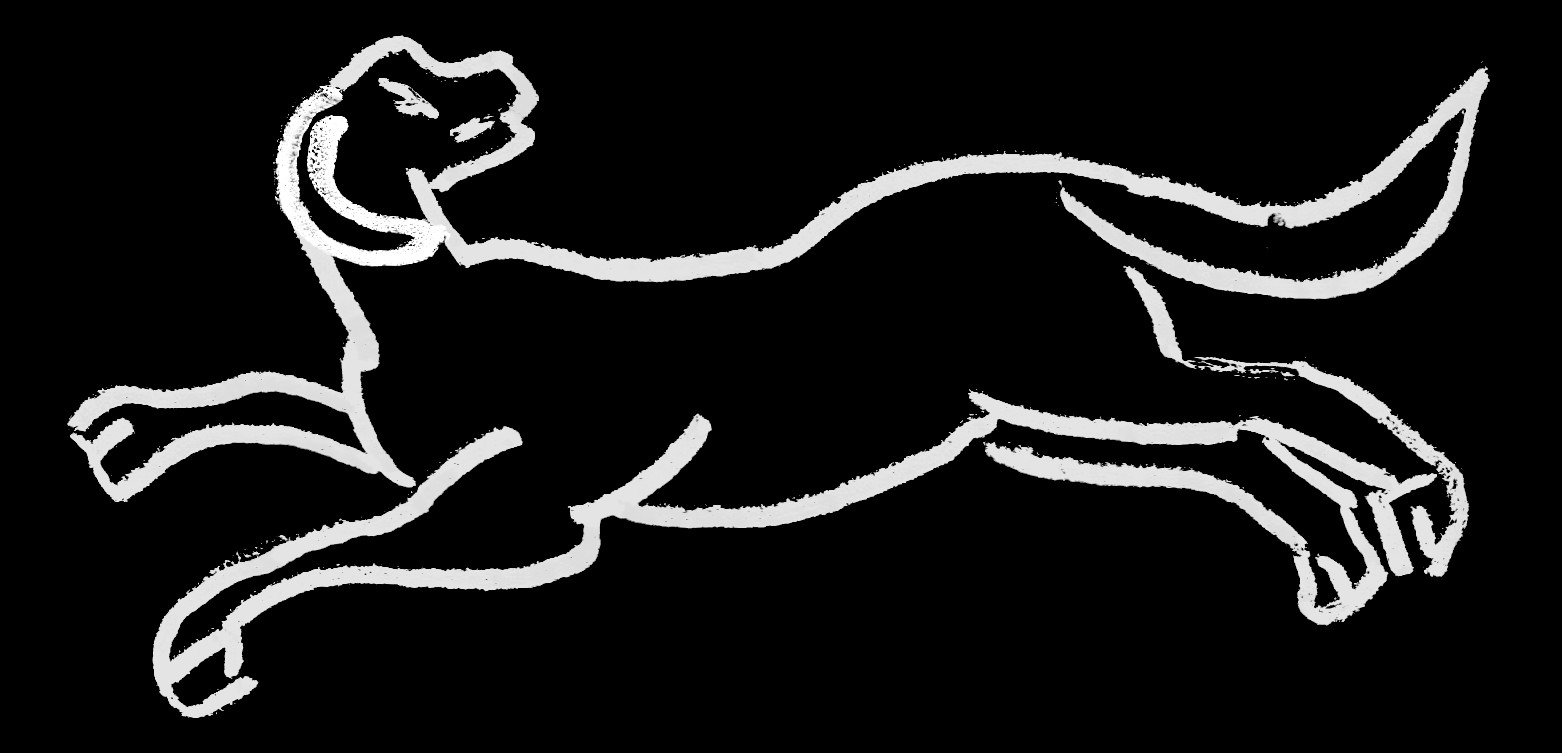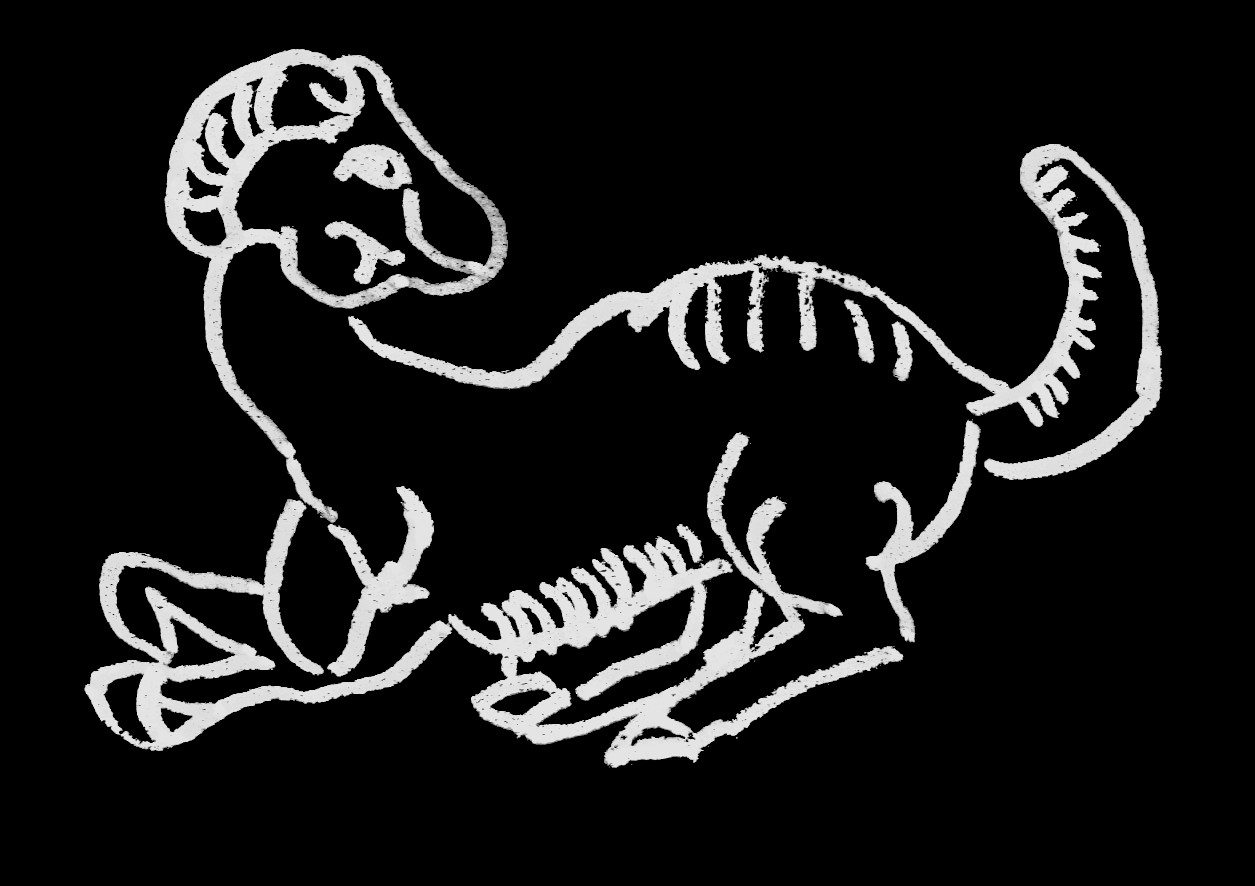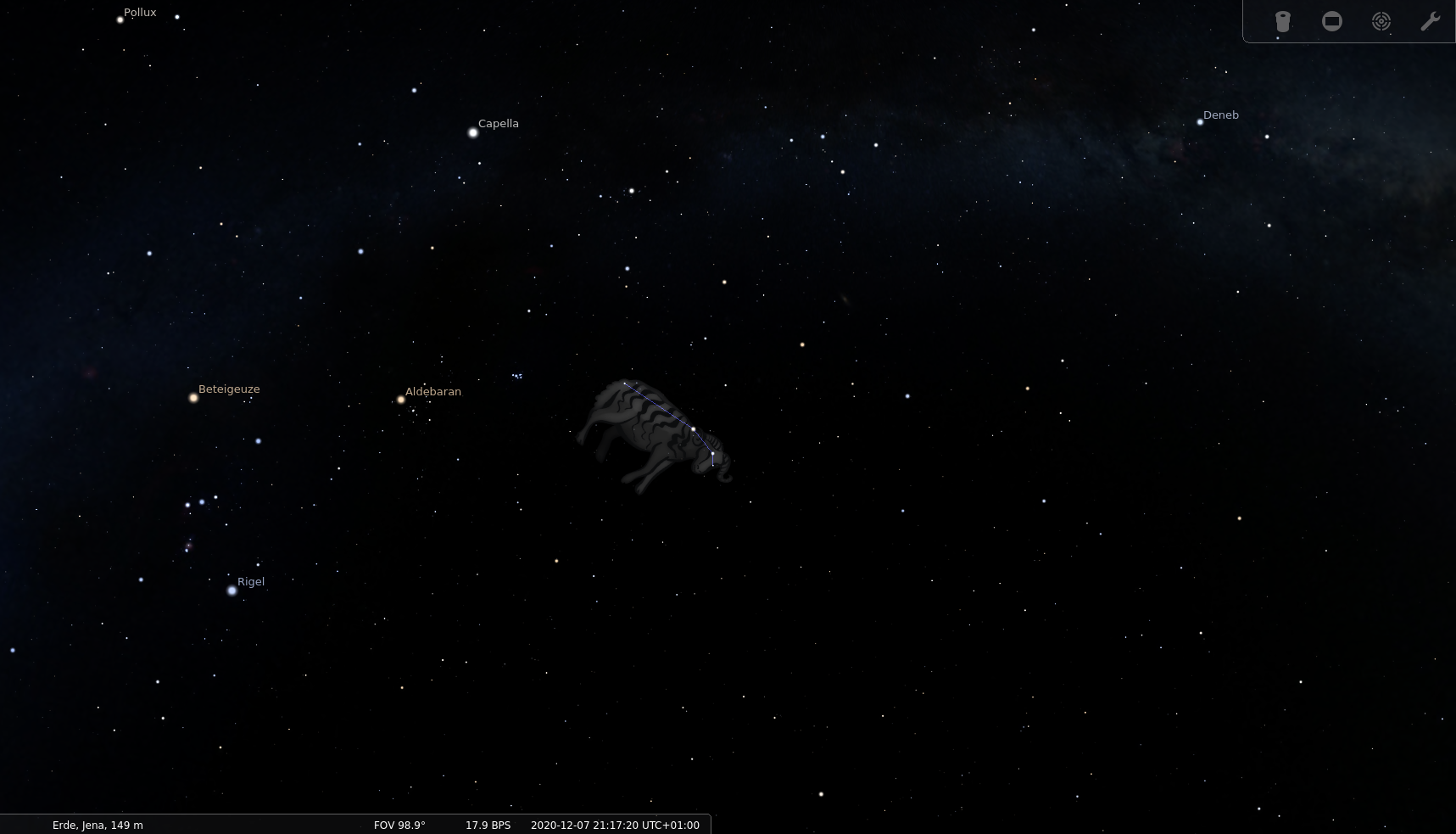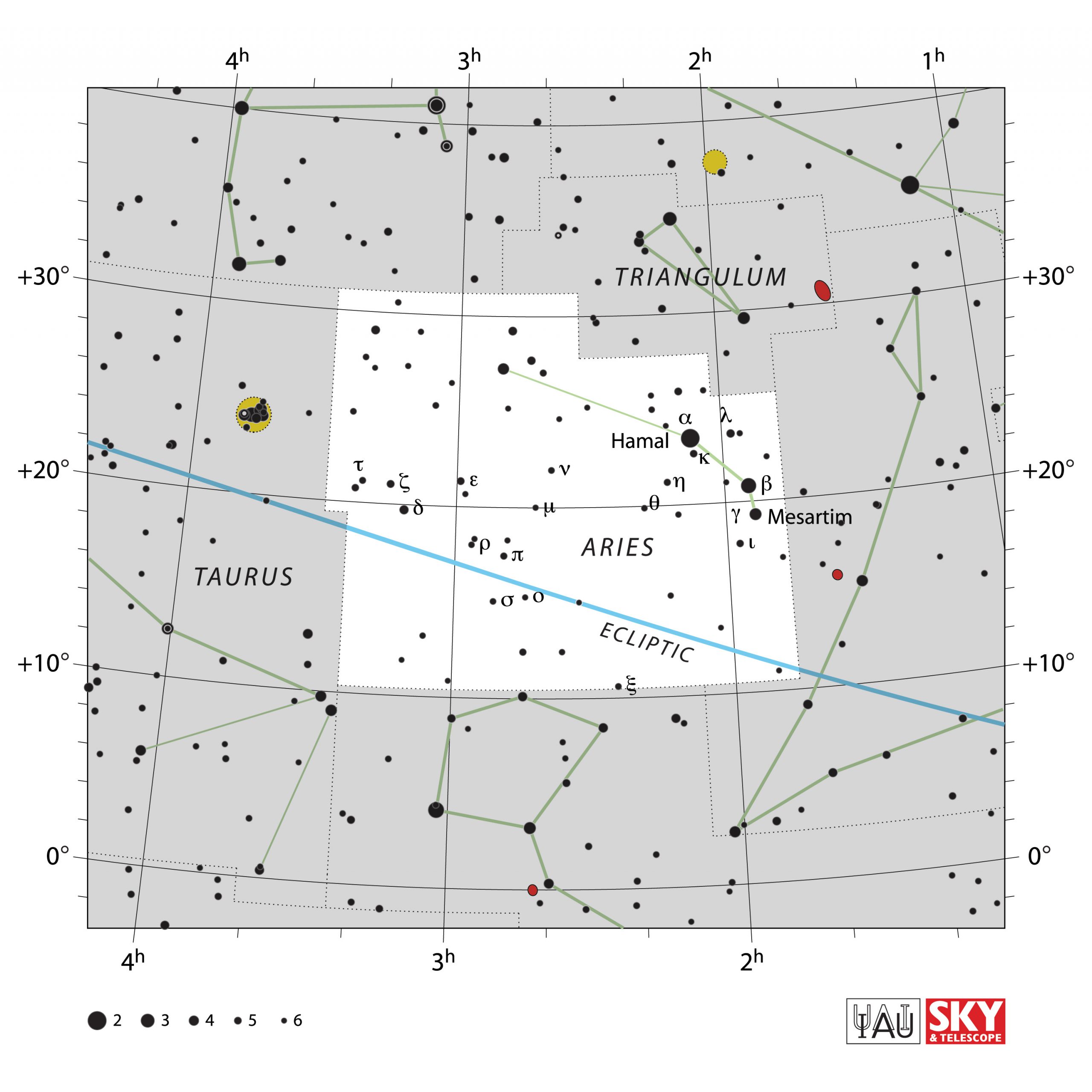Profile / Characteristics
| English translation | Latin declination and pronunciations | Size/ °² | # stars (visible) |
| the Ram | Aries – AIR-eez, AIR-ee-yeez Arietis – uh-RYE-ih-tiss | 441 | 88 |
Main Star (brightest one):
| Designation | HIP number | name in IAU-CSN | brightness |
| α Ari | HIP 9884 | Hamal | 2.01 mag (V) |
Our (modern) Explanation
Aries is one of the 48 constellations described by Ptolemy in the second century and has been depicted as a Hired Man in Babylonian times. The original constellation of the shepherd (god) who was hired in spring was changed into the animal that he guarded.
Ancient Globes



Farnese Globe
Kugel Globe
Mainz Globe
Ancient Lore & Meaning
Aratus
[225] There too are the most swift courses of the Ram [Aries], who, pursued through the longest circuit, runs not a whit slower than the Bear Cynosura – himself weak and starless as on a moonlit night, but yet by the belt of Andromeda thou canst trace him out. For a little below her is he set. Midway he treads the mighty heavens, where wheel the tips of the Scorpion’s Claws and the Belt of Orion. [239] Still father in front of the Ram and still in the vestibule of the South are the Fishes [Pisces]. [709] Her [Andromeda’s] right side the Fishes bring, but the left the rising Ram. When the latter rises, the Altar is seen setting in the West, [712] As to his belt itself disputed might it be whether it rises as the Ram ceases to rise or at the rising of the Bull [Taurus], with whom he rises wholly.
Reference:
English translation by Douglas Kidd (1997).
Aratus: Phaenomena, Cambridge Classical Texts and Commentaries, Series Number 34
Pseudo-Eratosthenes
this ram carried Phrixos and Helle, son and daughter of the king Athamas of Böotia, from their home across the sea. Helle was dropped into the sea and became pregnant from god Poseidon while Phrixos was braught to king Aietes. The ram had a golden skin and lived forever but droped of his gold for Phrixos and went to the stars.
References:
French translation by:
Jordi Pàmias i Massana and Arnaud Zucker (2013). Ératosthènes de Cyrène – Catastérismes, Les Belles Lettres, Paris
English version in:
Robin Hard (2015): Eratosthenes and Hyginus Constellation Myths with Aratus’s Phaenomena, Oxford World’s Classics
Modern and Mediaeval Depiction


Depiction in Stellarium (by Fabien Chéreau, since 2000 CE)
depiction in the Leiden Aratea (9th century CE)
Early Modern Interpretation
Contemporary
As one of their first tasks in the 1920s, the newly founded International Astronomical Union (IAU) established constellation standards. The Belgian astronomer Eugène Delporte was assigned to the task to define borders of constellations parallel to lines of declination and right ascension. They were accepted by the General Assembly in 1928. The standardized names and abbreviations had already been accepted in 1922 and 1925.

